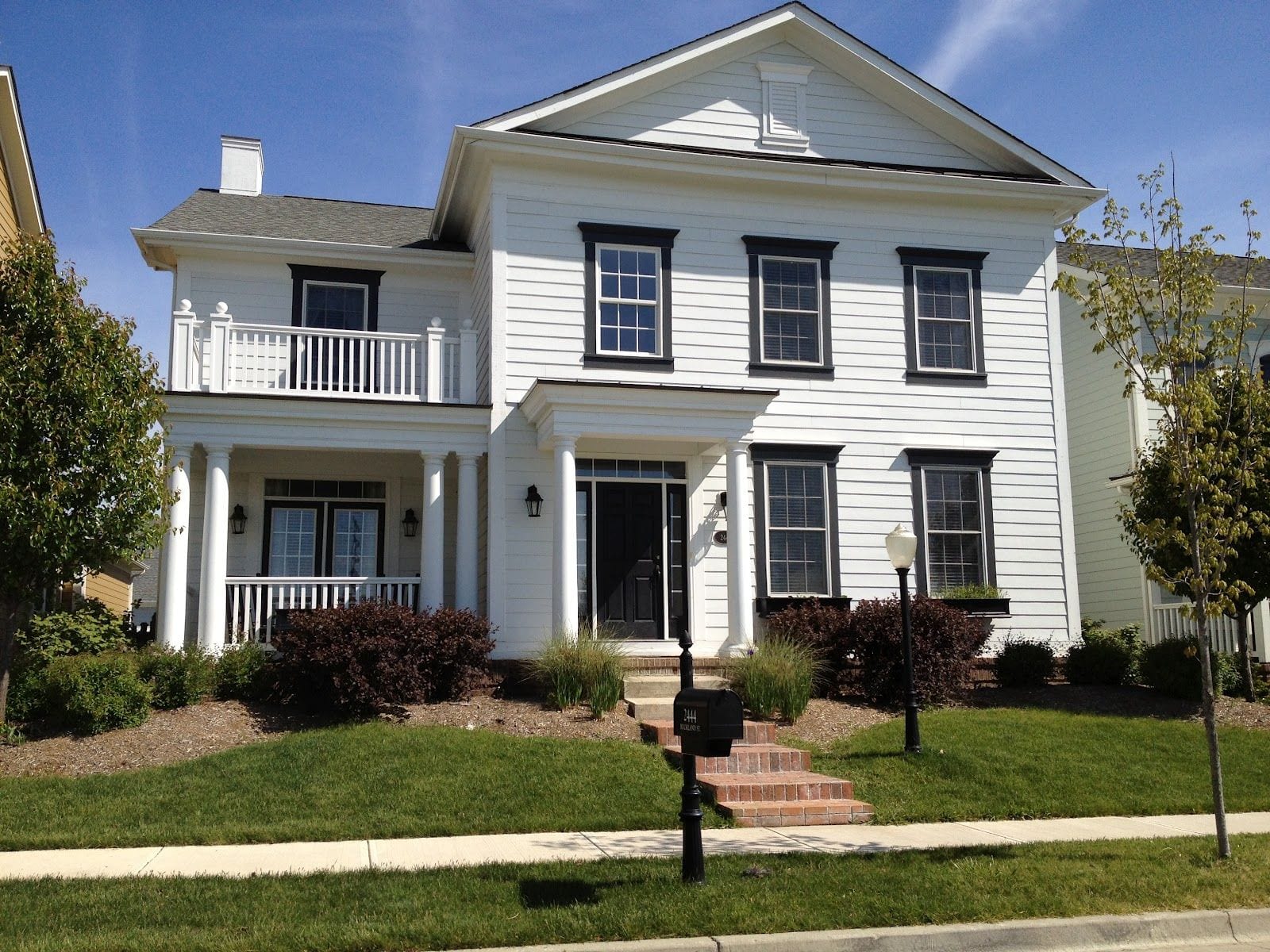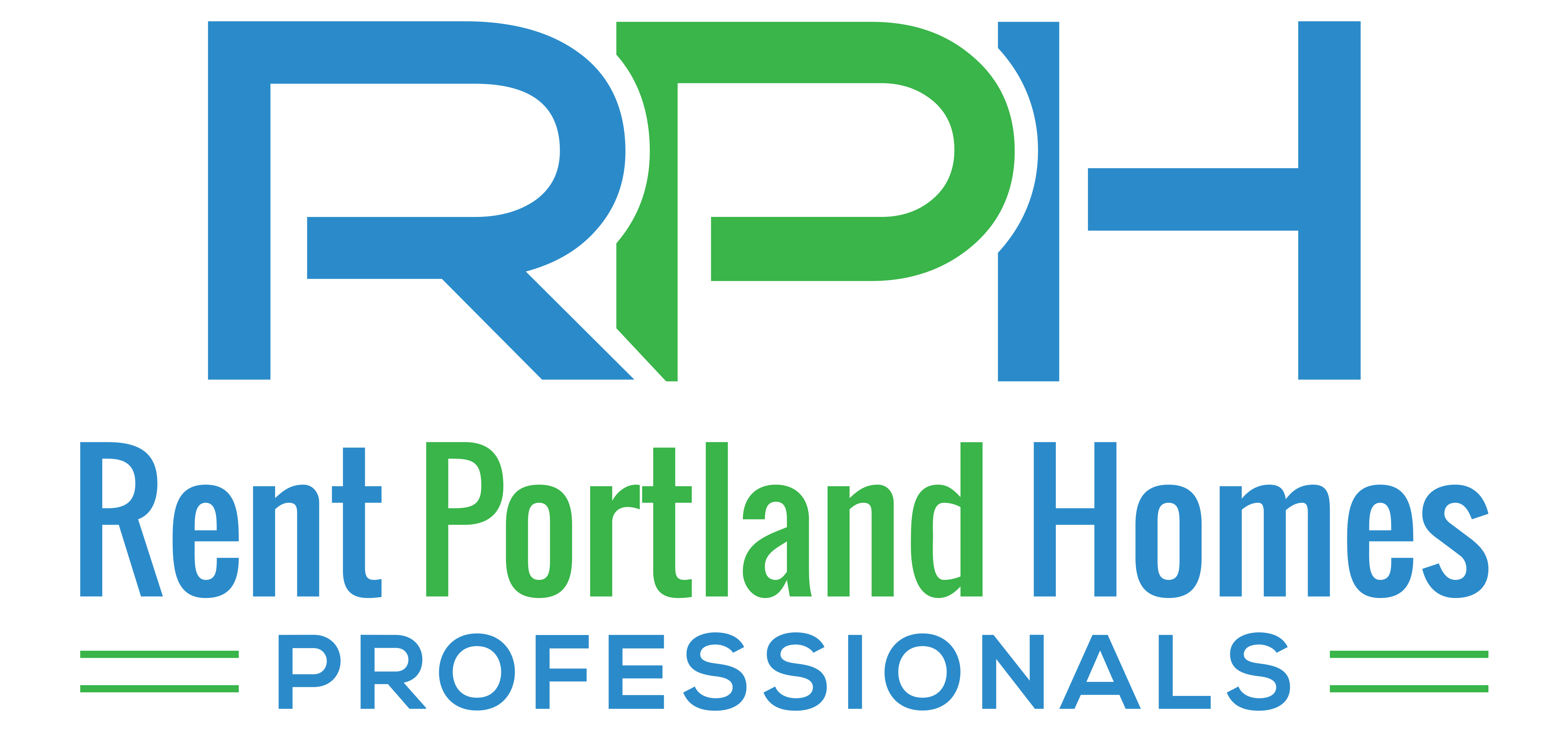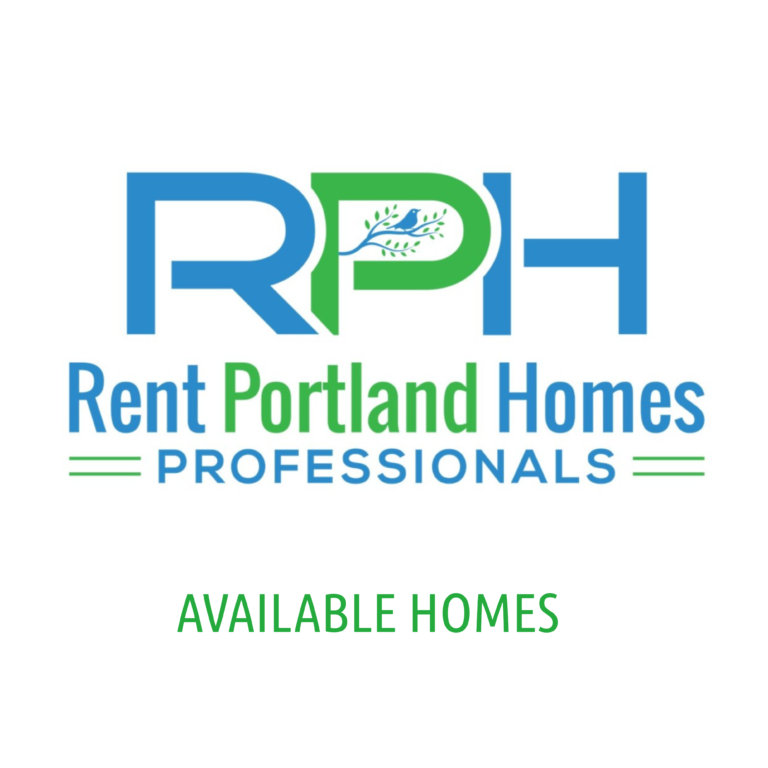Tips For Understanding Different Property Types

There’s no doubt that it if you’re a new investor, it can be difficult at times to understand the wide variety of property types that are out there.
The class of property type can also be described as the “grade” of property that you’re planning on buying.
Here’s a simple method for understanding property types that you will be able to understand especially if you’re just getting started in real estate investing.
What Does “Class” Really Mean in Real Estate?
Many investors define the asset class purely by the age of the home:
- Class A: Homes built in the last 10 years
- Class B: Homes built in the last 10-20 years
- Class C: Homes built in the last 20-30 years
- Class D: Homes built in the last 30 years
But I find this definition to be too narrow. The class of the asset is far more dynamic than just the age of a property.
It’s much like the color ranking on a ski hill: green, blue, black, and diamond. (OK, diamond is not a color… but hang with me!) This ranking is based on the degree of the slope within the resort. If you are used to skiing blue runs on your home mountain, when you visit another mountain and ski a blue run there, it might feel easier (like a green) or harder (like a black) comparatively.
Why is this? Blue is blue is blue… right?
Wrong.
There is more than just the degree of the slope of the mountain at play here. There is the tilt of the hill, the length of the run, obstacles such as rocks and trees, and other intra-mountain factors at play.
This holds true with defining asset classes town to town. A Class B asset (take my home, for example) in my town would be a Class C asset in a town just 10 miles south of me—and perhaps a Class A asset in a town just 20 miles west of me.
But according to the above definition of age, my home is technically a D property.
Why Does Property Evaluating Asset Classes Matter?
When you properly classify an asset, you can reasonably predict how that asset might perform and what type of tenant would want that asset. The “classier” the overall asset, one could reasonably expect a “classier” tenant.
By understanding the asset class, we can project higher rents, lower vacancy (because the tenant wants to stay and build their life), and lower maintenance costs.
How Can We Holistically Look at the Class of an Asset?
When I search a market, I break down the class of the asset I’m looking for based on four factors to gain a holistic picture of what is going on beyond just the age of the property.
These four factors are:
- The property
- The affordability
- The amenities
- The livability
Characteristics of Class A, B, C, D Real Estate
Class A
The Property: Built in the last few years, has luxury finishes, and is in a great area. Maintenance and CapEx are usually very low due to the age of the property.
The Affordability: Rents are usually very high and so are the property values. As a result, high-income earners and well-capitalized investors are usually able to afford these areas.
The Amenities: Usually located next to great amenities (think Whole Foods, Nordstrom, Starbucks, etc.), open spaces and parks, and great schools.
The Livability: Crime is low. When dealing with single family homes, there is great pride of ownership, as the area is mostly owner-occupied.
Class B
The Property: Built in the past 20 years in a good area and has builder-grade finishes. Maintenance and CapEx are higher due to the age of the property. Be sure to budget for eventual mechanical upgrades.
The Affordability: On the whole, this asset class has the lowest vacancy rate. Rents are moderately high and attract middle-income earners. The property is also more affordable for most investors. A BRRRR is possible to preserve capital, though harvesting large amounts of equity might be difficult.
The Amenities: There is still good access to amenities, schools, and jobs.
The Livability: Crime is low. When dealing with single family homes, there is still a strong sense of pride since owner-occupancy is high and the tenant mix is less than 25 to 30 percent. In a recession, someone in an Class A asset could live in a Class B asset.
Class C
The Property: The age of the property becomes a gray area. The area needs to be strongly evaluated. Generally, maintenance is higher and the property is in desperate need of updating and repair, including mechanical, roof, and other structural components.
The Affordability: Rents are low to moderate, making this asset more affordable to lower-income earners. The property is also more affordable for most investors. A BRRRR is possible to preserve capital and harvest equity due to the problems that can be solved.
The Amenities: Access to good amenities, schools and jobs are not a guarantee. You may see more budget grocery stores, pawnshops, cash checking stores and low to mid-ranked schools in the mix.
The Livability: Crime is moderate and generally non-violent. There may be some sense of ownership as the tenant mix approaches 50 percent.
Contact Rent Portland Homes – Professionals
To learn more about the Portland Oregon Property Management services we can offer you contact us today by calling (503) 447-7735 or click here to connect with us online.





